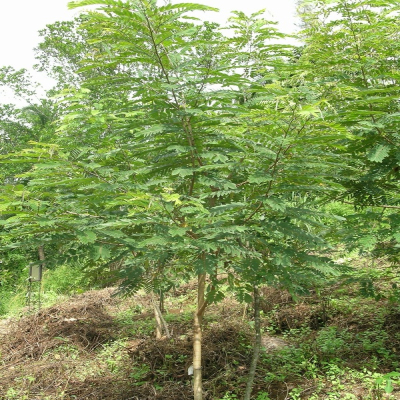Distribution and Habitat: Western Peninsula, Ceylon, Malayan Peninsula and Siam.
Properties: Mucilaginous and cathartic
Botany: A moderate sized tree with virgate finally grey downy terete branchlets.
- Bark: Grey; wood dark brown to nearly black, hard and durable.
- Leaves: Strongly veined, mucronate, glabrous on both sides, stipules caducous; leaflets oblong, emarginated, distinctly stalked
- Inflorescence: Corymbs crowded, both axillary and in a terminal panicle. Flowers yellow, sepals downy, very obtuse. Petals middle sized, bright yellow, not veined, stamens subequal.
- Fruit: Pod nearly straight, flat, distinctly stalked, firmer in texture.
Properties: Laxative,antimicrobial
Chemical constituents: Leaves: barakol, anhydrobarakol, Cassiarin A and B, chrysophanol, emodin, rhein, physicon, and sennosides lupeol and β-sitosterol . Stem and root bark: Coumarin and betulinic acid, siamchromones A-G, kaempferol [39], emodin, and chrysophanol. Seed contains stigmasterol, palmitic, oleic, linoleic, and stearic acids, aloe emodin, vitamin B1, B2, B3, C, and E and various amino acids
Uses: Used for treatment of headache and flu, laxative for pregnant women, for curing digestive problems, asthma, sontipation, toothache etc. It is used for treating skin infections.
Propagation: Seeds


